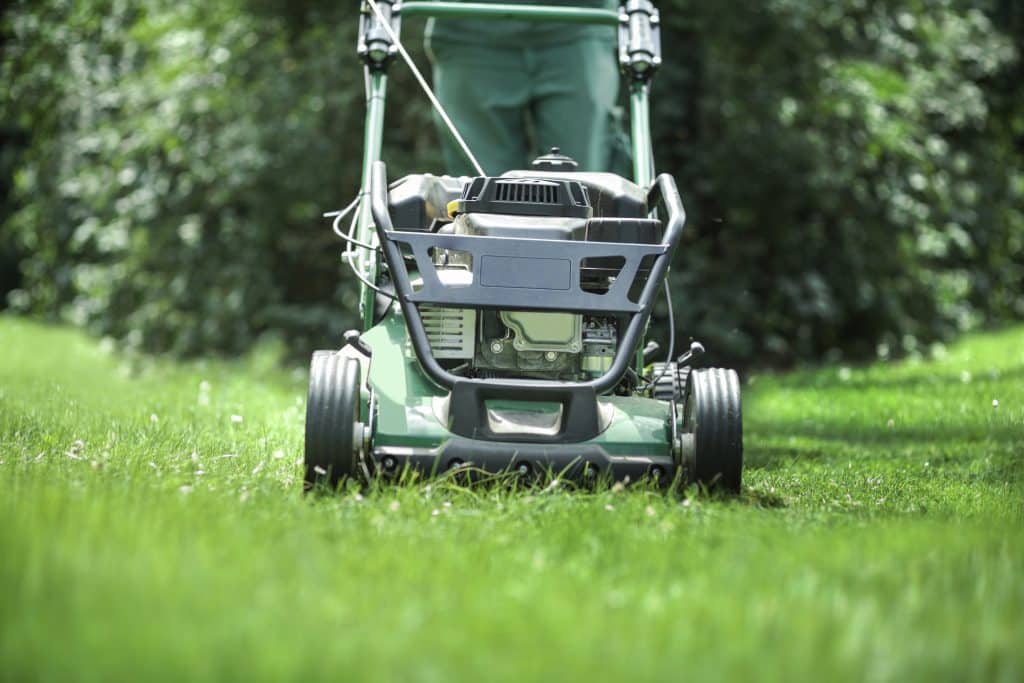How Weed Growth Impacts Soil Health and Grass Density Over Time
Keeping a lawn healthy takes more than mowing and watering. One of the biggest threats to your yard’s health and appearance is weed growth. Weeds don’t just look bad; they change the way your soil functions, compete with grass for space, and slowly weaken your lawn over time. If you’ve ever wondered why patches of grass thin out or why certain areas always seem unhealthy, weeds could be the hidden reason.

Let’s break down how weeds affect soil health and grass density, and why addressing the issue early makes all the difference.
Why Weeds Spread So Quickly
Weeds thrive because they grow faster than grass and don’t need much care. Unlike turfgrass, which requires proper mowing, watering, and nutrients, many weeds adapt easily to stress. That means even when grass struggles during hot summers or periods of drought, weeds keep growing.
They spread by:
- Seeds carried by wind or rain
- Root systems that regenerate even after cutting
- Aggressive growth habits that outcompete grass
Once weeds find a weak spot in your lawn, they multiply quickly and begin impacting soil and grass health.
How Weeds Impact Soil Health
Healthy soil is the foundation of a green, dense lawn. Weeds disrupt this balance in several ways:
1. Nutrient Competition
Grass depends on soil nutrients like nitrogen, phosphorus, and potassium. Weeds tap into the same food source but use it faster. This leaves the grass nutrient-starved and struggling to stay green and thick.
2. Altering Soil Structure
Some weeds, such as dandelions or nutsedge, grow deep roots that change soil structure. They can create compacted spots or disturb natural soil layers, which makes it harder for grass roots to spread evenly.
3. Moisture Imbalance
Weeds drink up water intended for your lawn. Certain species absorb large amounts of moisture, leaving less for grass during dry weather. On the flip side, some weeds thrive in soggy conditions, which can keep the soil too wet and promote fungal issues.
4. Chemical Interference
A few weeds release chemicals into the soil that discourage surrounding plants from thriving. This process, called allelopathy, reduces grass growth and creates bare patches.
5. Hosting Pests and Diseases
Weeds can provide shelter for insects and fungal spores. By sticking around on your lawn, they increase the chances of pests and diseases spreading through the soil and into your grass.
How Weeds Reduce Grass Density
Grass density refers to how thick and full your lawn looks. A dense lawn naturally resists weeds, but once weeds establish themselves, density drops. Here’s how:
1. Blocking Sunlight
Broadleaf weeds like clover or thistle grow taller and wider than grass blades. They shade the surrounding grass, limiting photosynthesis and reducing grass vigor.
2. Choking Out Grass Roots
Thick weed roots steal valuable space underground. This prevents grass roots from spreading, leading to thin or patchy areas.
3. Stress on Recovery
After mowing or foot traffic, healthy grass can recover quickly. But when weeds dominate, grass recovery slows because weeds keep pulling resources away.
4. Long-Term Decline
If left unchecked, weeds slowly turn a once-thick lawn into a thin, patchy yard where weeds dominate. Thin grass also makes it easier for new weeds to take hold, creating a cycle that’s hard to break.
Why Timing Matters in Weed Control
Addressing weeds at the right time helps protect soil and grass. Pre-emergent treatments stop seeds before they sprout, while post-emergent solutions target existing weeds. Without timely control, weeds keep reproducing and weaken soil and grass density year after year.
The best strategy is consistent lawn maintenance, mowing at the right height, watering correctly, fertilizing on schedule, and using weed control treatments. Together, these steps create conditions where grass thrives and weeds struggle.
Long-Term Effects If Weeds Are Ignored
Ignoring weeds might not seem like a big deal at first, but over time, the impact becomes clear:
- Soil loses nutrients faster
- Grass becomes patchy and thin
- Bare spots open the door for more weeds
- Pest and disease risks increase
- Your lawn loses curb appeal
What starts as a few weeds can turn into a bigger issue that takes more time and effort to fix later.
How Professional Weed Control Helps
DIY methods can help with small weed problems, but larger infestations often need professional care. Lawn experts know how to identify different weeds and apply the right treatments safely. They also combine weed control with fertilization and mowing practices, which improves both soil health and grass density.
Working with a professional team saves time, avoids mistakes, and creates a lawn that stays healthier for years to come.
FAQs About Weed Growth and Lawn Health
1. Why does my lawn keep getting weeds even though I mow regularly?
Mowing helps, but weeds spread through seeds and roots. Without proper weed control and fertilization, they keep coming back.
2. Can weeds permanently damage my soil?
Weeds don’t usually cause permanent damage, but they change soil conditions over time. If left untreated, they make it harder for grass to grow.
3. How long does it take to see results after weed control treatments?
Some weeds die within days, while tougher ones may take weeks to die. Regular follow-ups are important to stop regrowth.
4. Do all weeds compete with grass in the same way?
No. Some weeds spread aggressively by roots, while others mainly compete above ground for sunlight. Both reduce grass density.
5. What’s the best way to keep weeds from coming back?
Consistent lawn maintenance, proper fertilization, and seasonal weed treatments are the best ways to prevent recurring problems.
Don’t let weeds take over your lawn. Protect your soil and enjoy lush, green grass all year round with the help of Mow & Grow. Call us today at (817) 717-2686 to schedule professional weed control services in Fort Worth, TX and surrounding areas.
